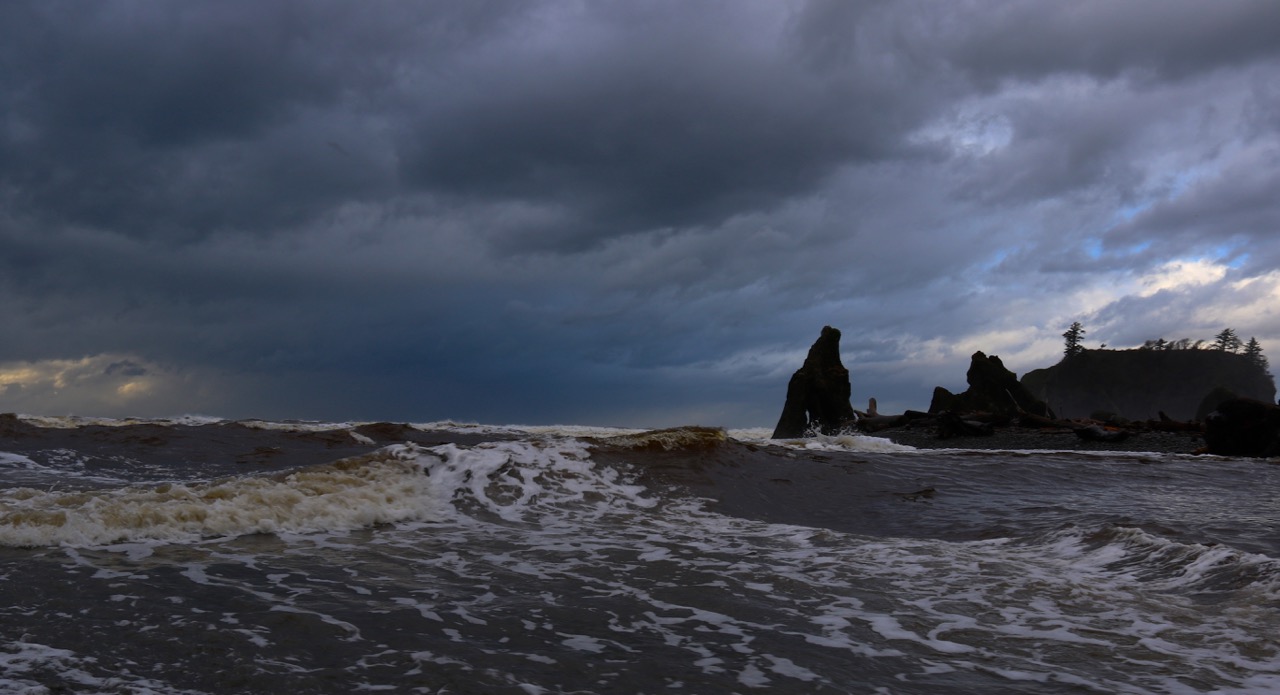If you follow any social media site about Yellowstone National Park, I am sure you have already heard this news. On February 14th, 2022, YNP officials issued a press release that read “Yellowstone to Improve Telecommunication Systems in Developed Areas.” This immediately set off an online firestorm, with people bemoaning that the improvements will destroy the park. The fury and outrage was so great that I had to run outside to make sure that the sky was not actually falling.
Turns out, the sky is not falling, nor are the improvements going to negatively impact the park. Those who took the time to read beyond the headlines discovered that the updates will not only improve life for rangers and park staff, but will also help restore views around the park by removing unsightly towers.
The press release stated that work “… will enable the park to remove 25 (five reflector panels and 20 antennas) pieces of antiquated and obsolete telecommunications equipment currently located on numerous mountain tops and backcountry sites, while substantially improving the connection speeds needed for management and operations of the park.”
NPS officials also said that the installation of 187 miles of fiber optic cable will take place in previously disturbed areas along park roads, leaving the rest of the park untouched. They continued by sharing that no new cellular towers will be installed under this project.
I enjoyed that the park service made sure to include a snippet that said about 8% of the park is currently covered by cellular service which is intended to provide service only in developed areas and not along roadways or in the backcountry and there is no plan to expand authorized cellular coverage beyond existing coverage areas
The park’s existing microwave radio system was originally installed between 1979-1990. Imagine how outdated that technology is.
Seriously.
1990.
The same year East and West Germany were reunited.
The same year Seinfeld first aired on NBC.
Two years before Bill Clinton was President.
A year before the Bulls had won a championship.
The improvements are a win for park employees and staff who have been cut off from the world more than they should. Now they can do things like online banking, consistently checking email, and providing up-to-date information to make our experiences in the park better. Improved telephone, cellular phone, park computer networks and broadband internet services will ensure that the park can meet critical park operations, safety and emergency services and visitor information needs and expectations in developed areas.
The updated systems will more than likely have little to no impact on anyone’s day to day visits to the park. Pretty much any argument against this is not based in fact or reality and this press release should be celebrated. They did this at Mount Rainier National Park a few years back, there was a public outcry, and now nobody talks about it or probably even remembers being distraught over the news.
The same will happen with Yellowstone.
FULL PRESS RELEASE
- Telecommunication systems can be considered a utility and, like other utilities, are authorized on NPS lands using the ROW permit process.
- About 8% of the park is currently covered by cellular service which is intended to provide service only in developed areas and not along roadways or in the backcountry.
- There is no plan to expand authorized cellular coverage beyond existing coverage areas.
- Fiber will allow for a better quality of service within existing coverage areas.
- This project is consistent with Yellowstone National Park’s Wireless Communications Services Plan that was completed through an EA in 2009.
- Plans are proceeding to relocate cell towers from ridgetops to less visible sites in developed areas at Old Faithful and Mammoth Hot Springs.
- No new cellular towers will be installed under this project.
- The applicant will pay for all up-front construction costs.
- Most of the fiber optic cable will be buried in a 1-¼” conduit along park roadways.
- Improved telephone, cellular phone, park computer networks and broadband internet services to meet critical park operations, safety and emergency services and visitor information needs and expectations in developed areas.



